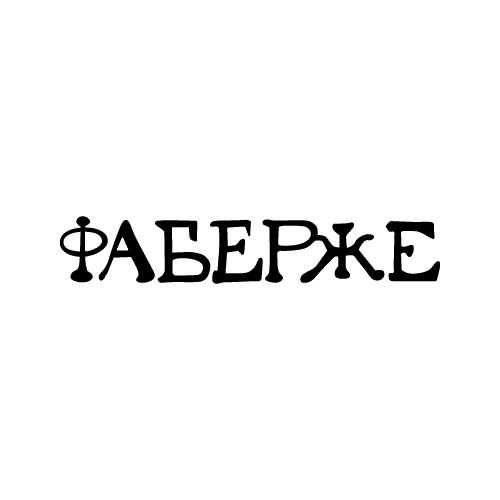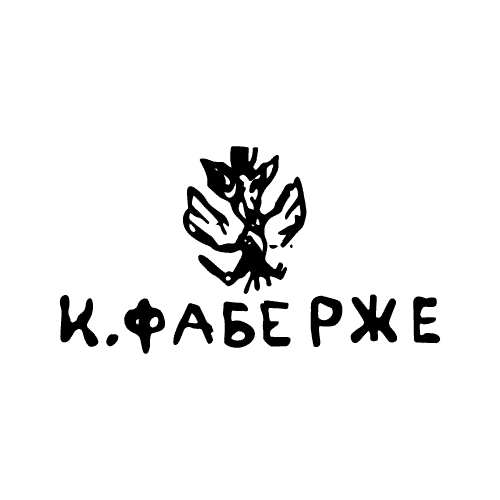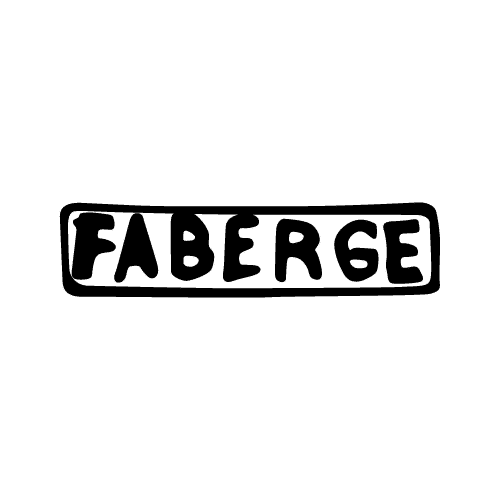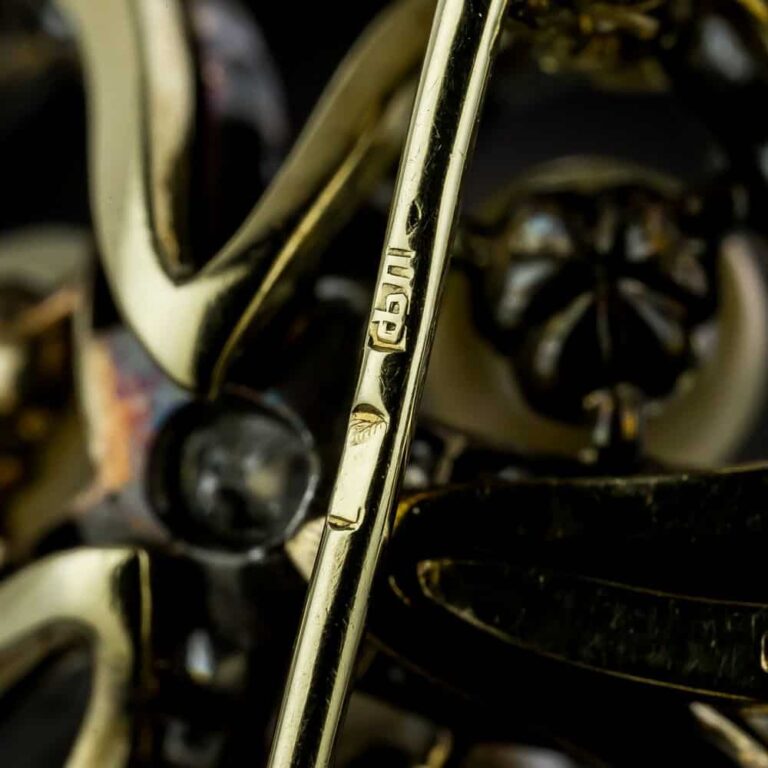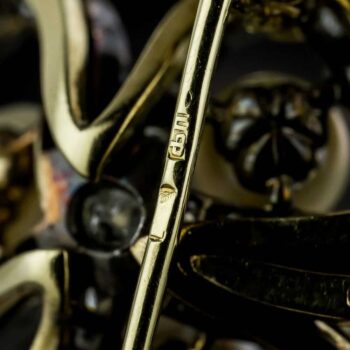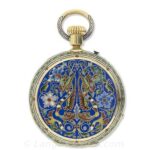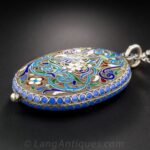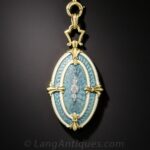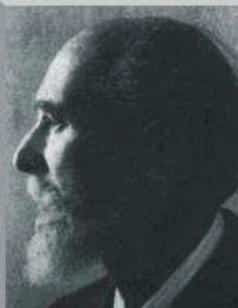
Fabergé was a preeminent Russian jewelry firm famous for its objets d’art and, in particular, its enameling. The Fabergé family heritage hails to seventeenth-century France. Expelled from the region when Louis XIV revoked the Edict of Nantes in 1685, the Fabergés wandered across Europe for two centuries before finally settling in St. Petersburg, Russia. In 1842, Gustav Fabergé opened a small jewellery shop in the city. Having previously apprenticed at the prestigious Keibel, he was a competent goldsmith and business prospered.1
In 1861, Gustav’s son, Peter Carl Fabergé (1846-1920) entered the business. He first apprenticed with Gustav’s partner, Peter Hiskins Pendin, and then traveled to Germany, London, Italy, and France to complete his education, studying both manufacturing and design. French designs especially intrigued him. When he assumed responsibility for the Fabergé workshops in 1870, he made sure the firm produced jewellery and objects in line with Parisian trends. At the time, this meant creating designs faithful to various historical revivals.
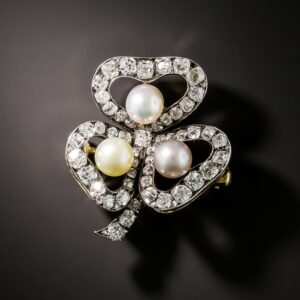
In 1882 at the Pan-Russian exhibition in St. Petersburg, the firm won its first gold medal at an international exhibition for its display of archaeological jewels.2 Between 1884 and 1885 Peter hired the talented Mikhail Perkhin as Fabergé’s new head designer. His younger brother, Agathon, also joined the firm. The brothers kept a tight reign on production, hiring only the most skilled artists and holding them to incredibly high standards.
Around this time, Fabergé switched its focus from jewellery to objects of art, creating pieces that would leave an indelible mark on the history of jewellery. Its new specialties were decorative objects like carved animal miniatures, bejewelled, enameled flowers and eggs as well as functional objects like boxes, parasol handles, letter openers, opera glasses, and vases. By the turn of the century, Fabergé was the jeweller of choice for Russian nobility producing jewels by commission and offering a ready selection of precious objects.
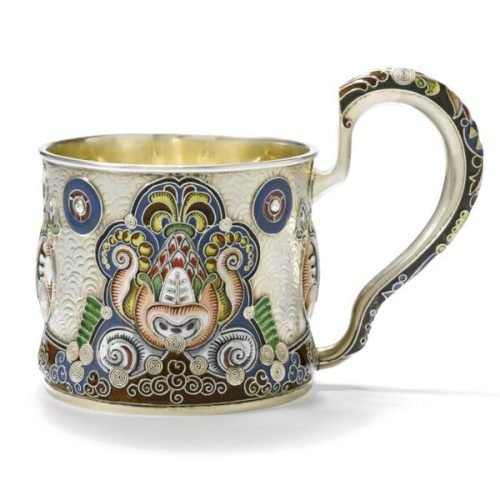
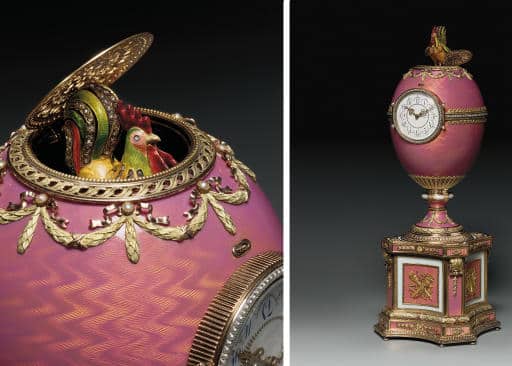
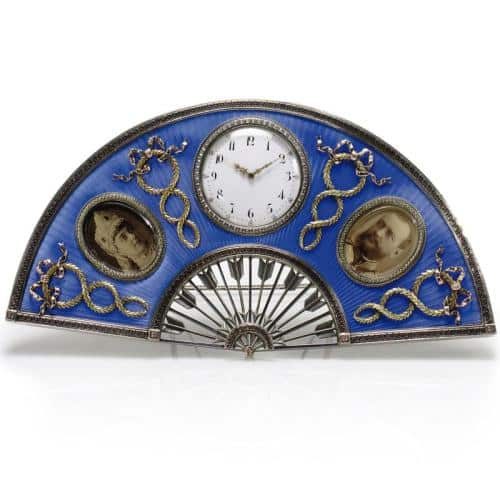
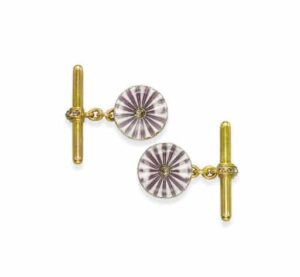
Photo Courtesy of Christie’s.
The excellence of its work was internationally recognized. In 1900, Peter Carl Fabergé was awarded a Legion of Honor award at Paris’s International Exhibition for his enameled objects. Stores were opened in London and Paris. Until World War I, when the Russian government repatriated its citizens and capital, the firm prospered. After the 1917 Revolution, the firm’s production effectively stopped. The Fabergés fled Russia for Switzerland two years later.
The firm’s most marked contribution to jewellery design rests not in any particular trend that they initiated but in the technical fineness of its pieces, in particular, its enameling. Fabergé’s enamelists, as jewellery historian A. Snowman says, “greatly extended the range of actual colors of enamel as well as employing much more attractive color harmonies.”3 Its craftsmen used a range of techniques including guilloché, champlevé and cloisonné. Fabergé’s fifty-six Imperial Easter Eggs deserve special note here. They are considered miniature masterpieces; the quality of the enamel work they feature is unsurpassed. The firm’s flowers and carved animals, which owe a great deal to Chinese and Japanese design, are also notable. Fabergé’s jewelry is likewise coveted, though lesser known.
Maker's Marks & Timeline
Fabergé
| Country | |
|---|---|
| Era | (1842 – 1920) |
| Symbol | cartouche, eagle, frame, rectangle |
| Shape | cartouche, frame, rectangle |
Specialties
- Gold & Silversmiths to the Russian Imperial Court.
- Specialized in enamel, working in the 18th-century French style.
- ‘Objets de Fantaisie
1842
- Founded by Gustav Fabergé (1814-1893)
- Had apprenticed with a jeweler in St. Petersburg.
1860
- Gustav Fabergé retired.
1870
- Peter Carl Fabergé controls the firm.
- Trained in Frankfurt and St. Petersburg.
1884
- First Imperial Easter Egg Royal Warrant Awarded.
1897
- Royal Warrant from Sweden & Norway.
1900
- Carl Fabergé awarded the Legion d’ Honeur for Paris Exhibition.
1918
- Shut Down by the Russian Revolution.
- Peter Carl Fabergé escaped and died in Switzerland – 1920.
Workmasters
- Separate workshops sponsored by Fabergé.
- A.W. Holmström
- M.E. Perchin
- H. Wigström
Sources
- Snowman, A. Kenneth. The Art of Carl Fabergé. London: Faber and Faber Ltd., 1962.
